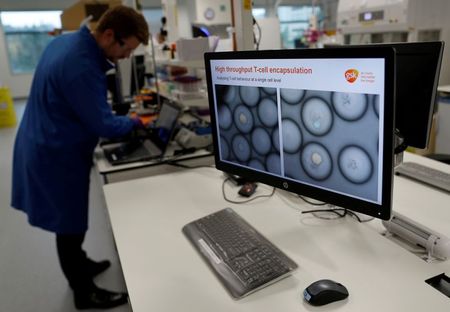Hemophagocytic lymphohistiocytosis (HLH) is a fatal hyper inflammation condition. Ruxolitinib (RUX), which targets critical cytokines in HLH, has recently shown potential for HLH therapy. However, there was a scarcity of rigorous clinical trials examining its effectiveness, particularly as a first-line treatment.
Researchers developed ruxolitinib as the first-line therapy for pediatric HLH in this trial and stratified the treatment depending on its early response. Fifty-two newly diagnosed individuals were included in the study. The overall response rate (ORR) to ruxolitinib monotherapy was 69.2% (36/52), with 42.3% (22/52) reaching prolonged complete remission (CR). Within three days, all responders had their initial reaction to ruxolitinib. At enrolment, the response to ruxolitinib was strongly linked with the underlying etiology (P=.009).
Patients with Epstein-Barr virus (EBV)-HLH was the most susceptible to ruxolitinib, with an ORR of 87.5% (58.3% in CR). Following ruxolitinib treatment, 57.7% (30/52) of the patients started intense therapy with further chemotherapy. About 53.3% (16/30) of them obtained CR, but 46.7% (14/30) of those with chronic active EBV infection-associated HLH (CAEBV-HLH) developed refractory HLH by week 8. The median time between receiving further ruxolitinib medication and the first dose was 6 days (range, 3-25 days). Overall, 73.1% (38/52) of the included patients attained CR following therapy. All patients had an 86.4% 12-month overall survival (OS) (95% CI, 77.1% to 95.7%). When compared to rigorous chemotherapy, ruxolitinib exhibited little toxicity and was well tolerated.


